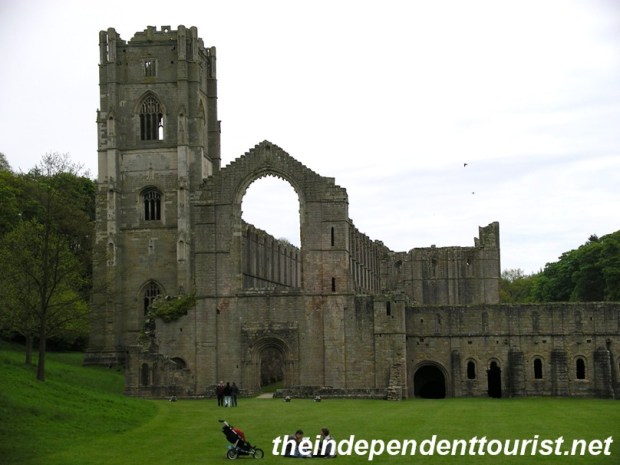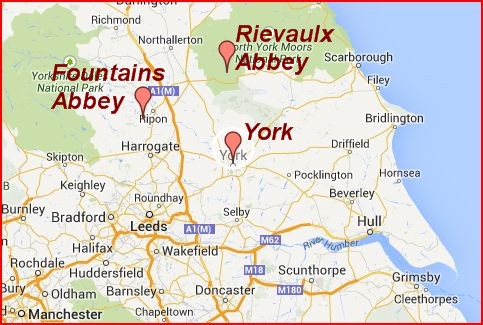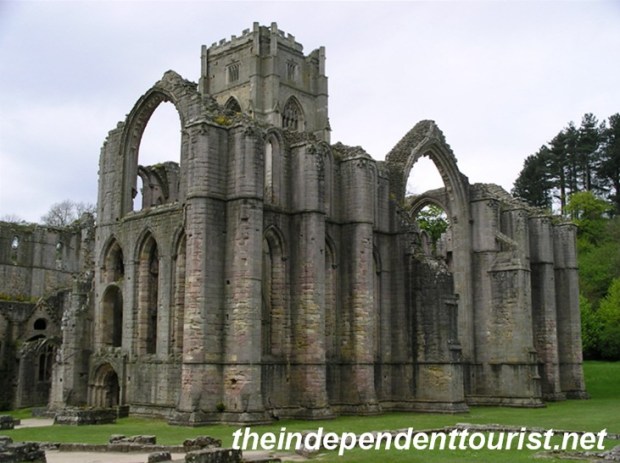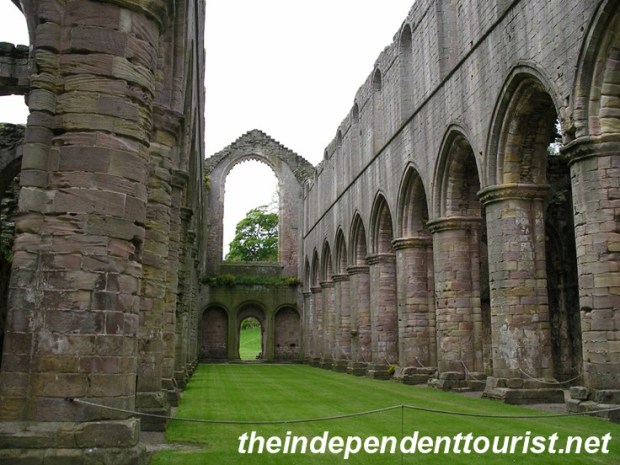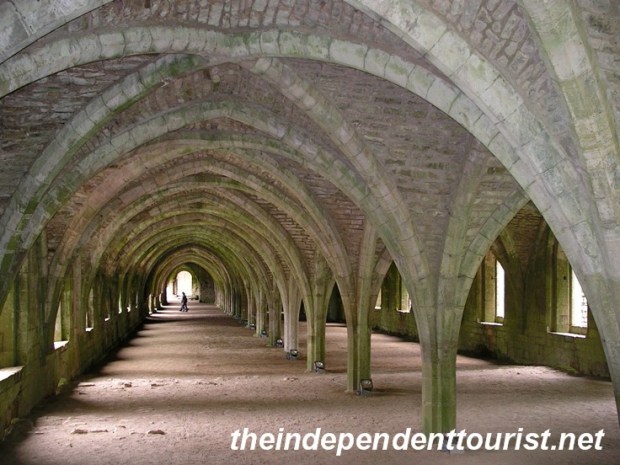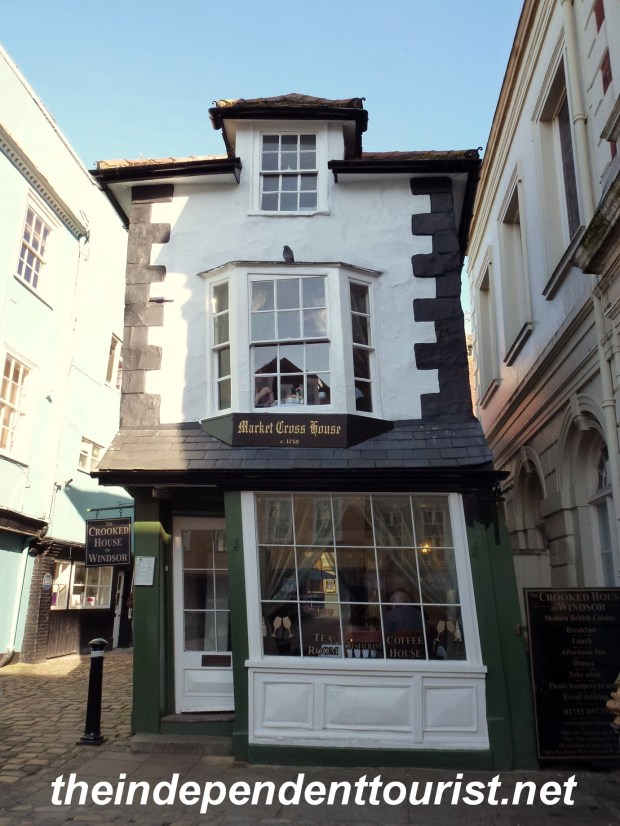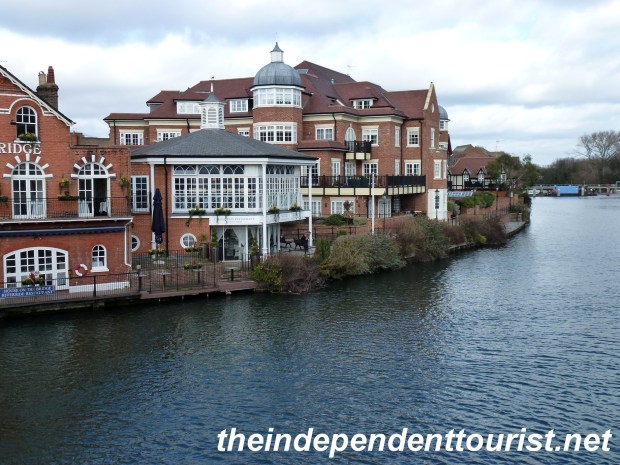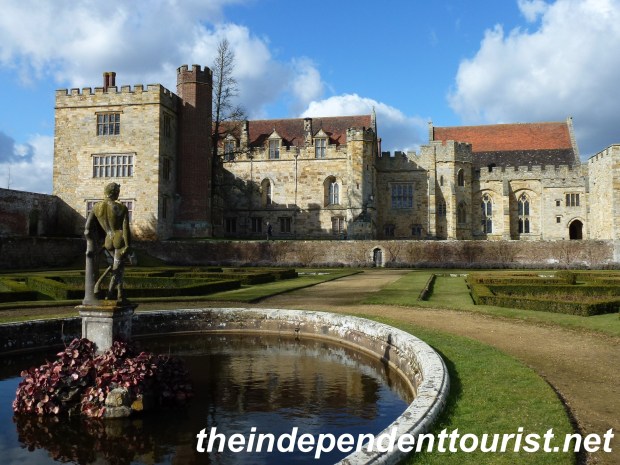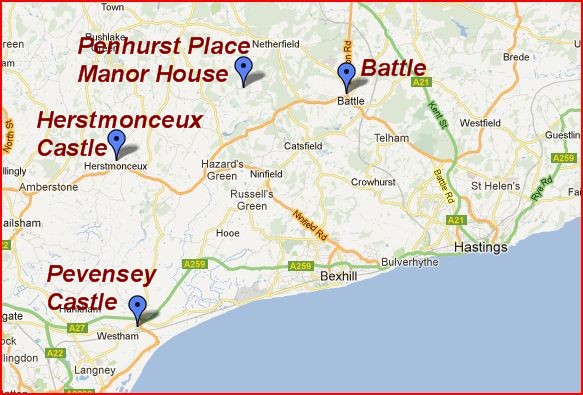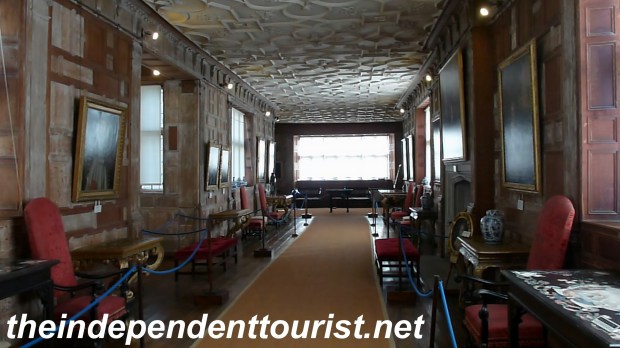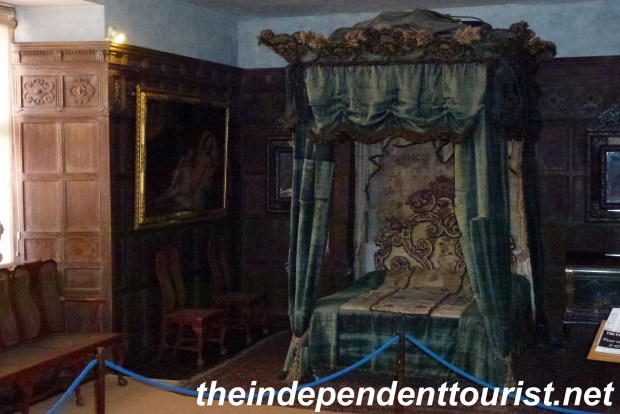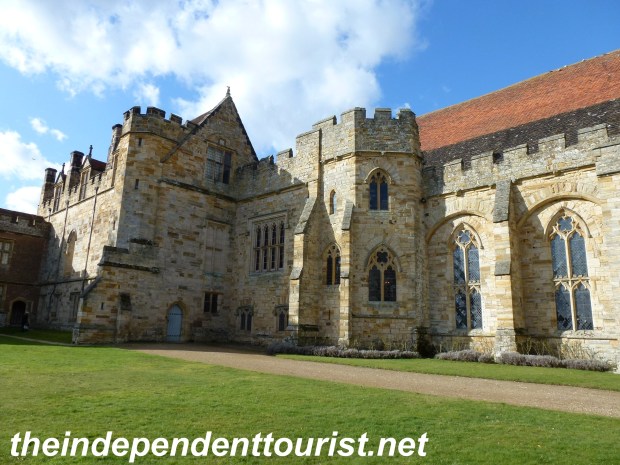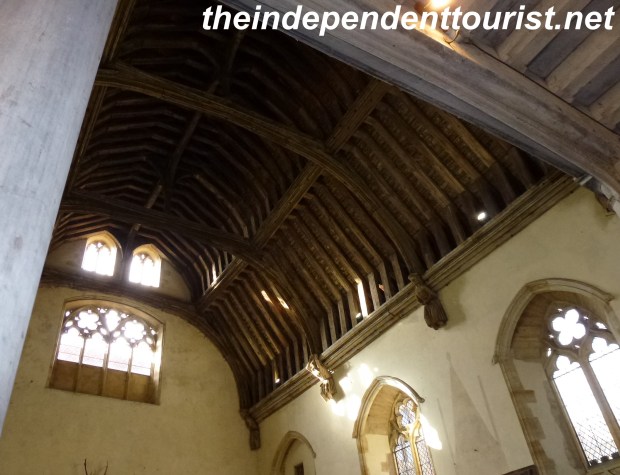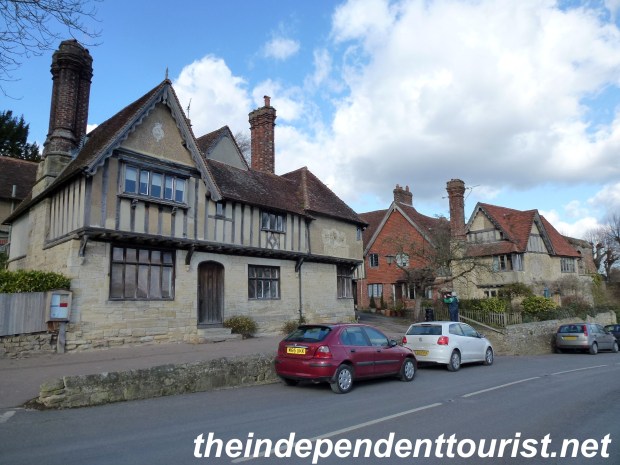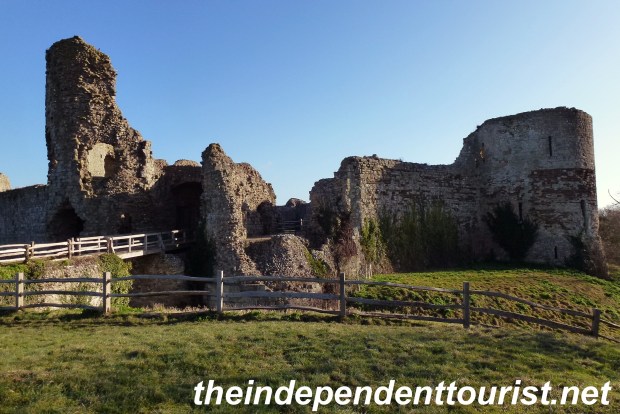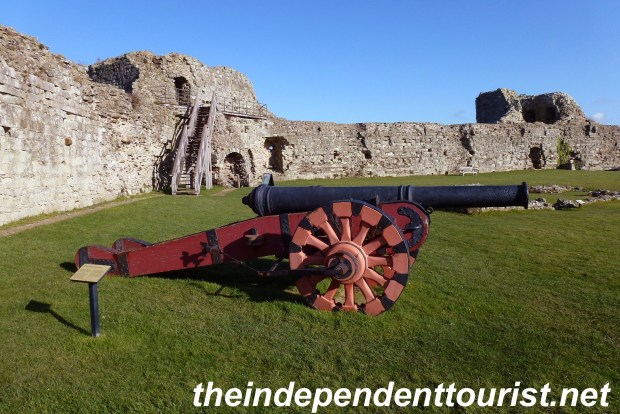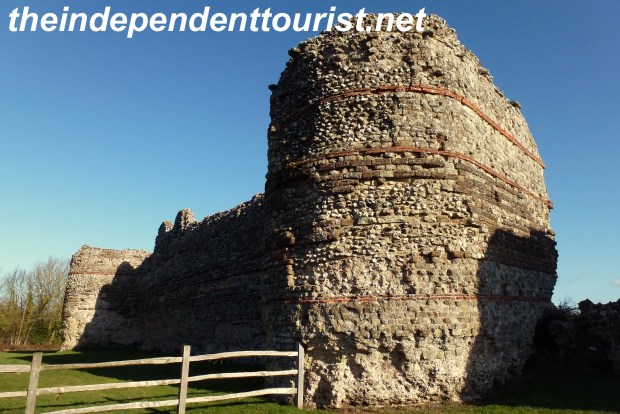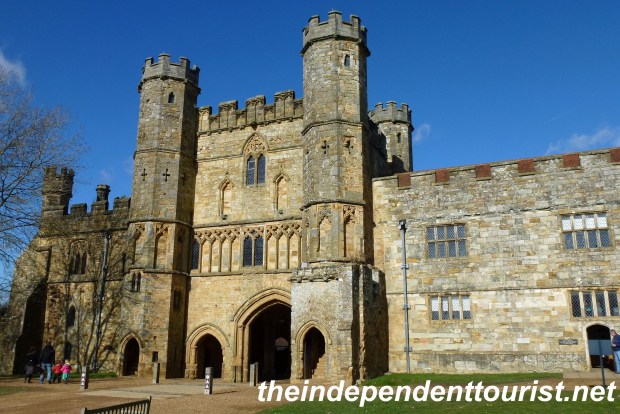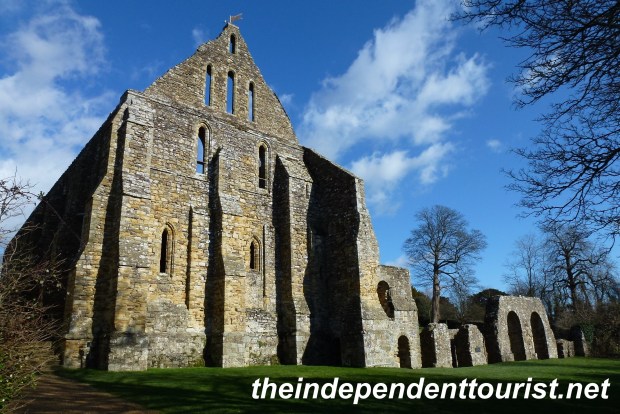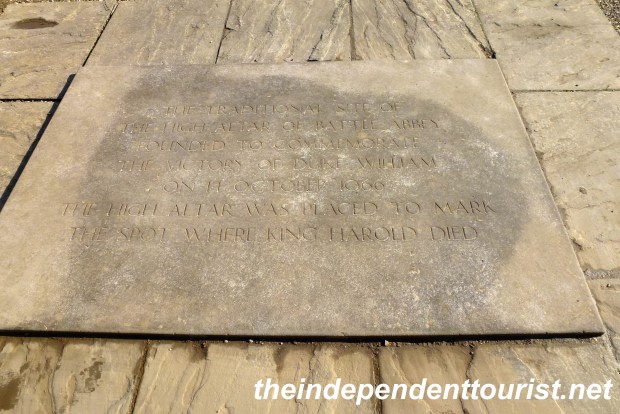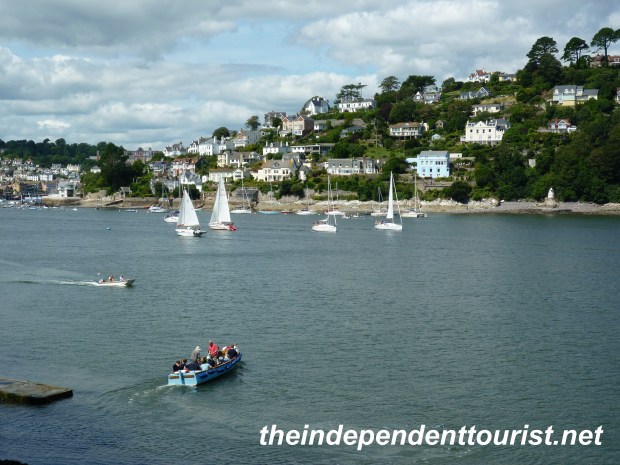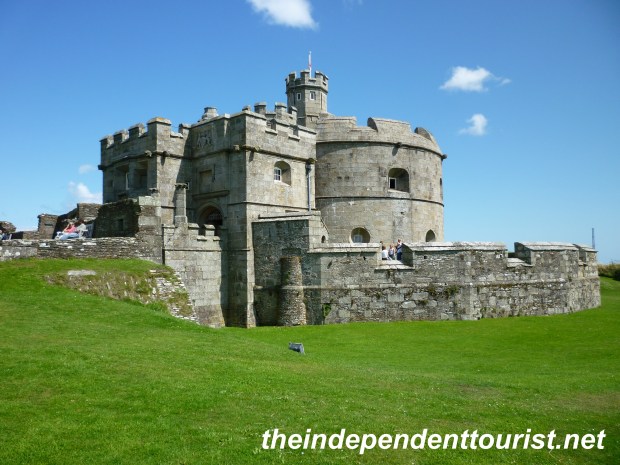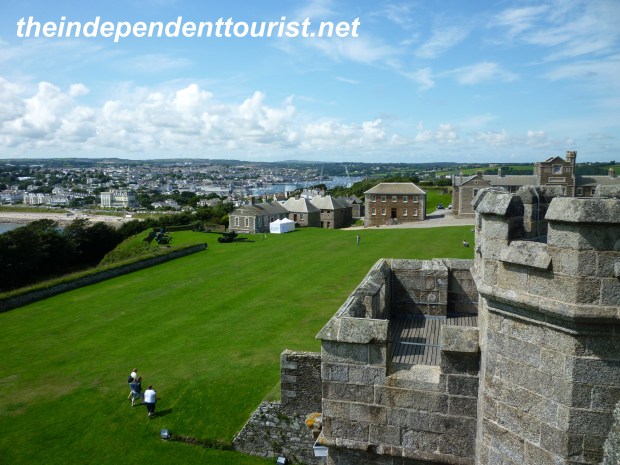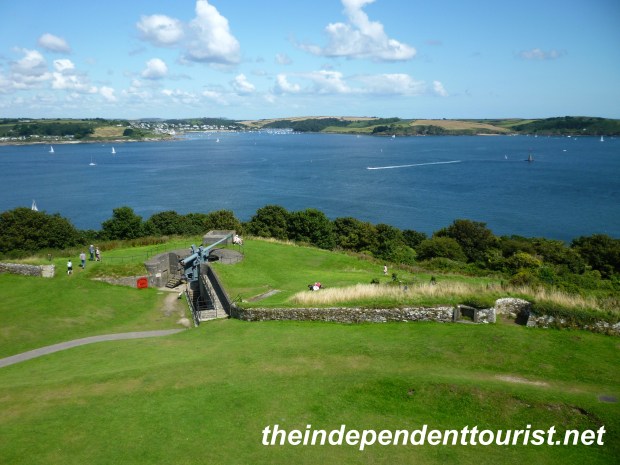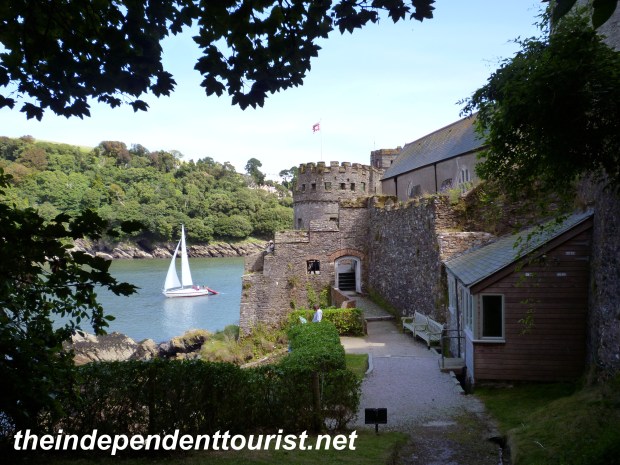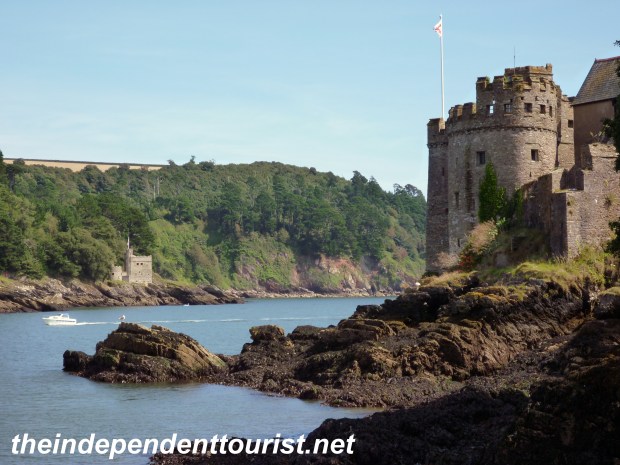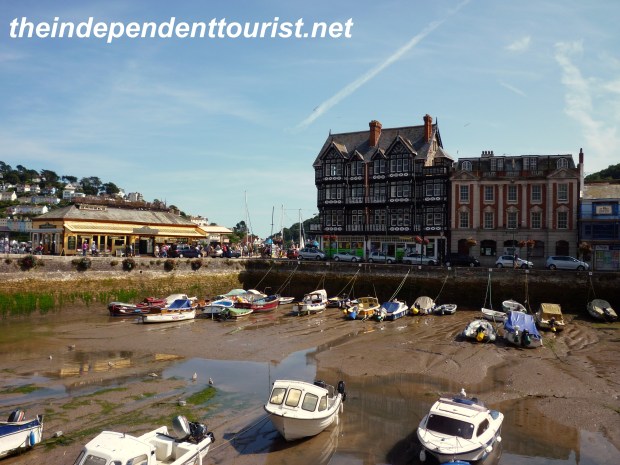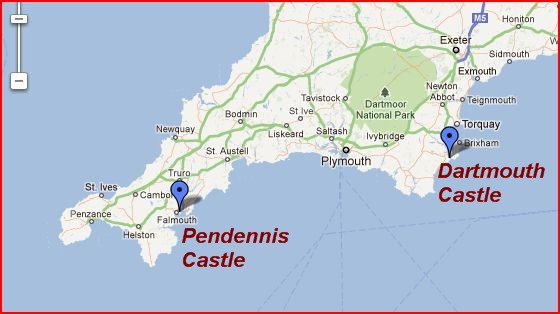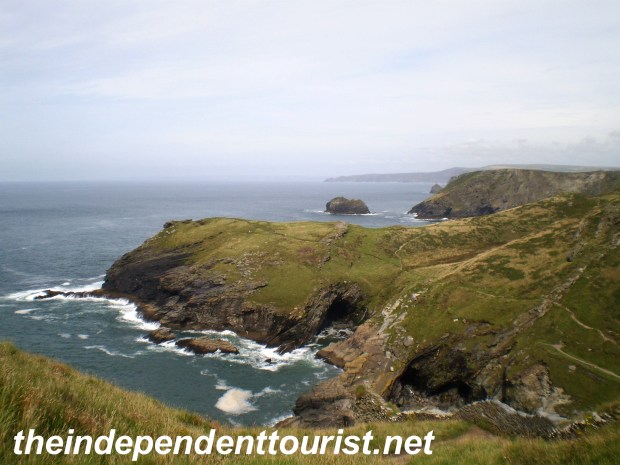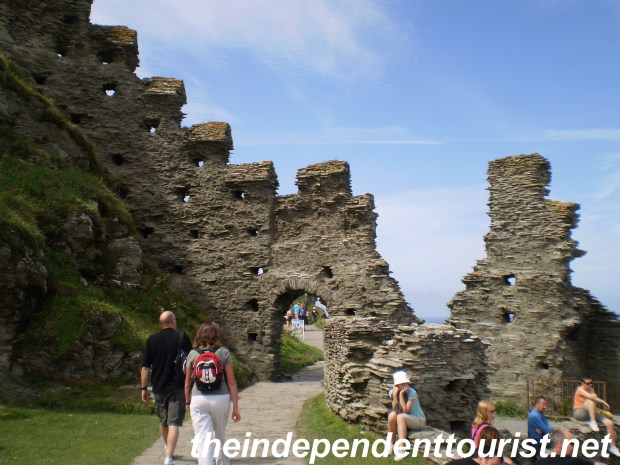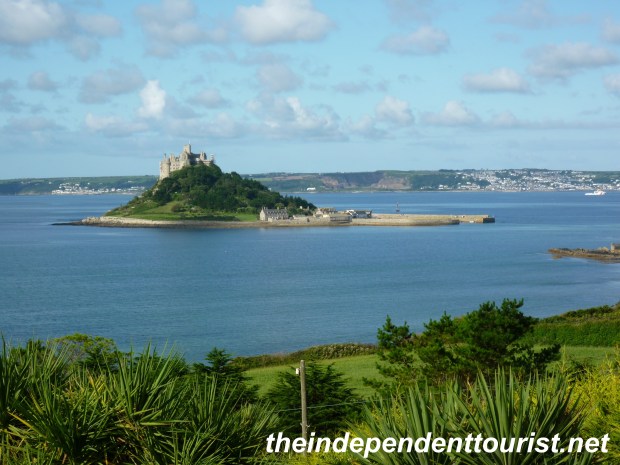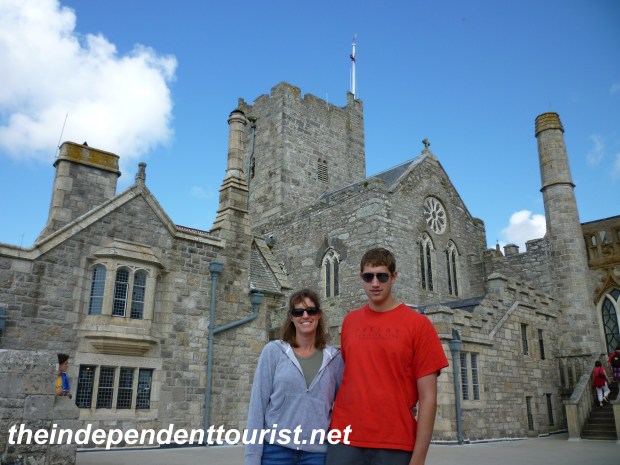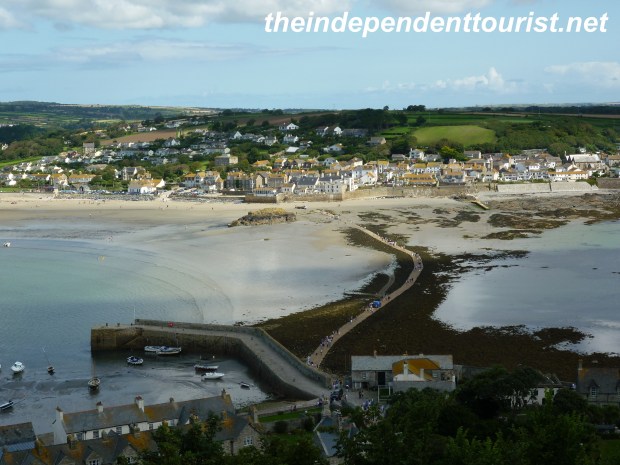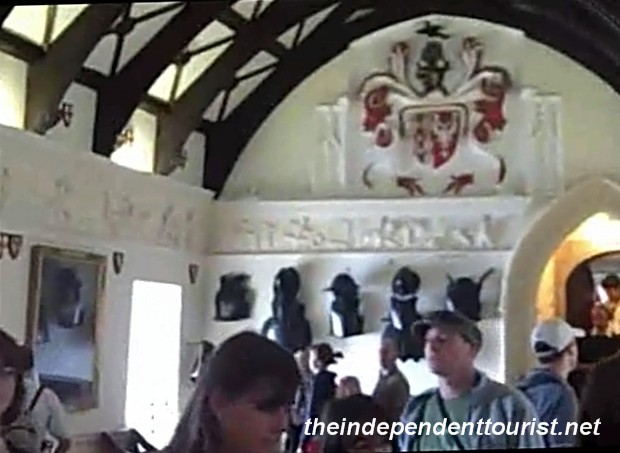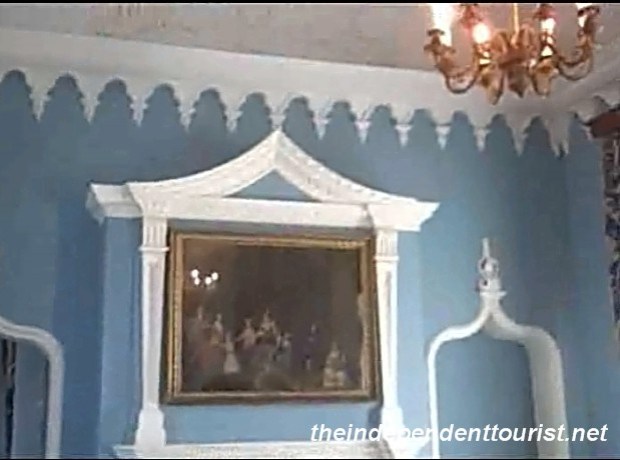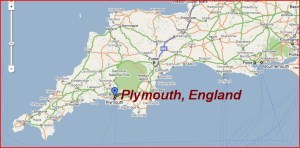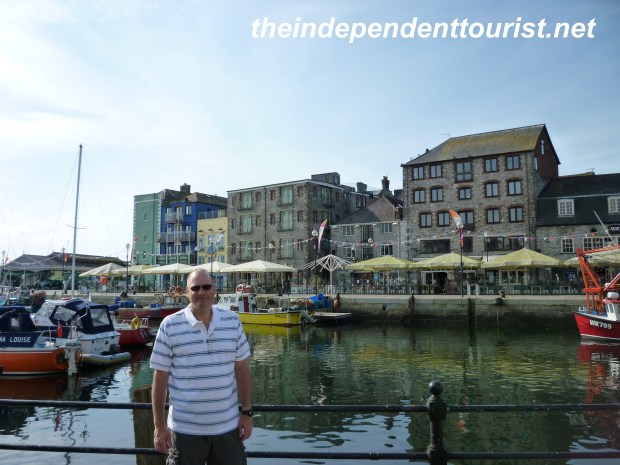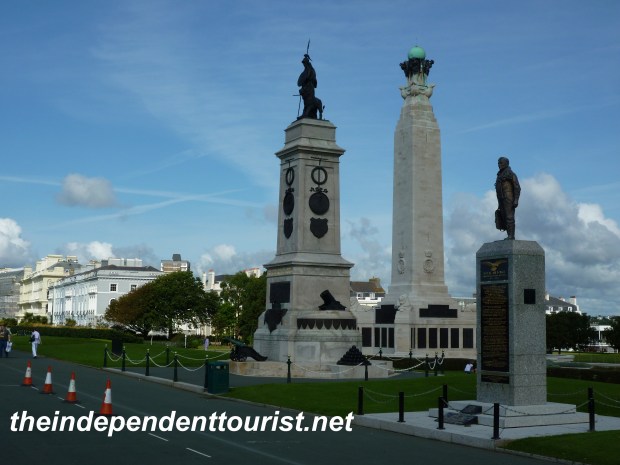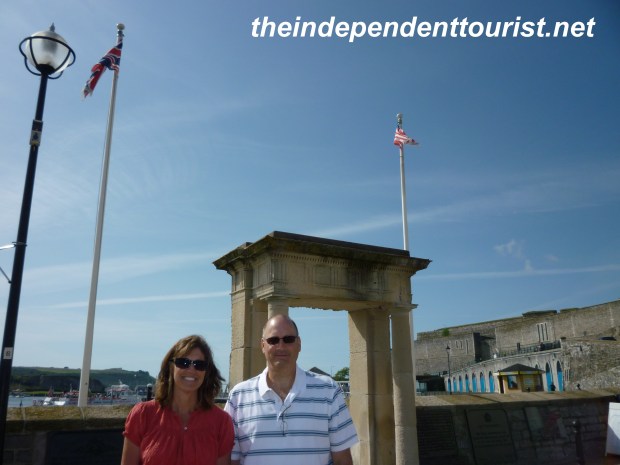Just about anyone who travels to England has heard of Windsor Castle, a still-in-use castle and residence of the Queen of England that dates back 1,000 years to the times of William the Conqueror. While England has many famous castles, there are a number of less-visited castles worth seeing, scattered around the countryside. The first two shared below (Kenilworth and Ashby de la Zouch) are only 35 miles apart in an area of England called the Midlands. The third, Goodrich Castle, is near the southern Welsh border.
Kenilworth Castle
This castle, located in the town of Kenilworth, southwest of Coventry and northeast of Stratford-upon-Avon (home of William Shakespeare), is one great example. The castle dates back about 900 years and the ruined structures are a mix from that era and from the reign of Queen Elizabeth I (1558-1603).
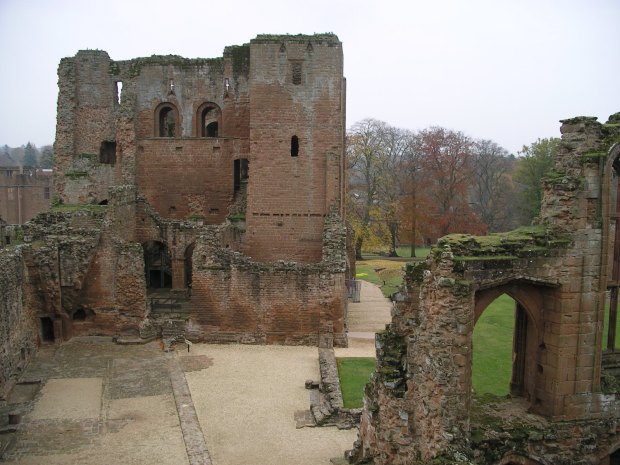
The oldest surviving structure at Kenilworth, the Norman keep, originally built in the 12th century, and later modified in the 16th century.
The Queen made three visits here, the last and most lavish being in 1575. Robert Dudley, Earl of Leicester, received the castle from the Queen (she wanted to marry him, but it never happened). He spared no expense preparing for her last visit and kept her and her entourage of several hundred fed and entertained here for 19 days! It almost bankrupted him. Entertainment included fireworks shows and a floating island with the “Lady of the Lake” (from the King Arthur legend) and attending nymphs. You can learn more about visiting the castle here.

This is the castle tower, built specifically for the Queen’s visit in 1575. Since the time of my visit, they have added a viewing platform in the upper floor area where her bedchamber would have been.
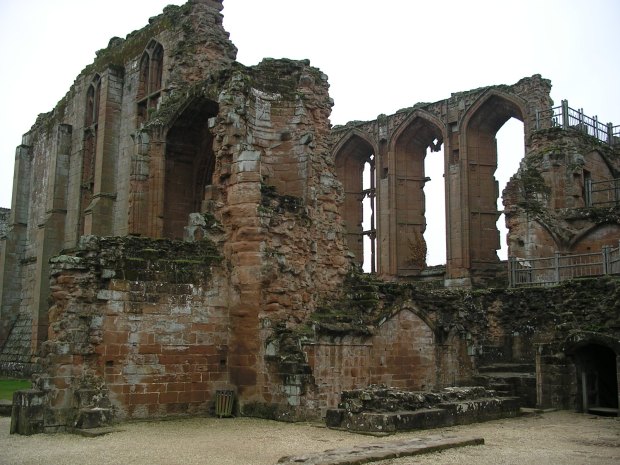
The ruins of the Great Hall, where the banquets and feasts would be held. How fun it would be to see the spectacle!

Another view of the Elizabethan tower and Great Hall.
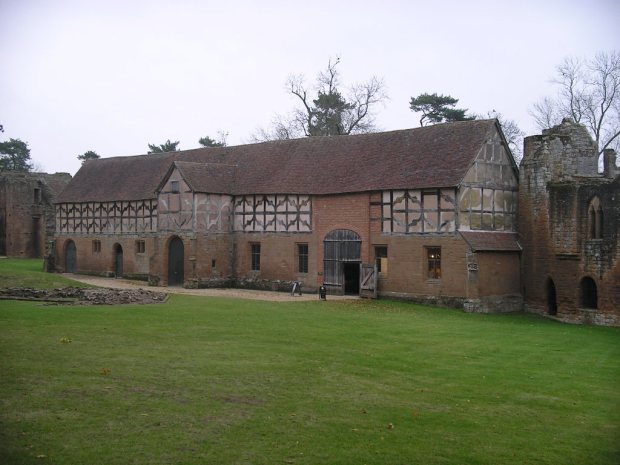
The stables of Kenilworth Castle, now a tearoom for visitors.
Ashby de la Zouch Castle (and Bosworth Battlefield)
Northeast of Birmingham and northwest of Leicester, is the ruin of a 15th century castle, Ashby de la Zouch. The town was originally known as Ashby, but during the reign of Henry III (1216 – 1272), the town became the property of the La Zouche family and hence its current name. Mary, Queen of Scots, was briefly jailed here in the 1500’s. The castle was significantly destroyed during the English civil war in the 1600’s.

A tower at Ashby de la Zouch Castle.
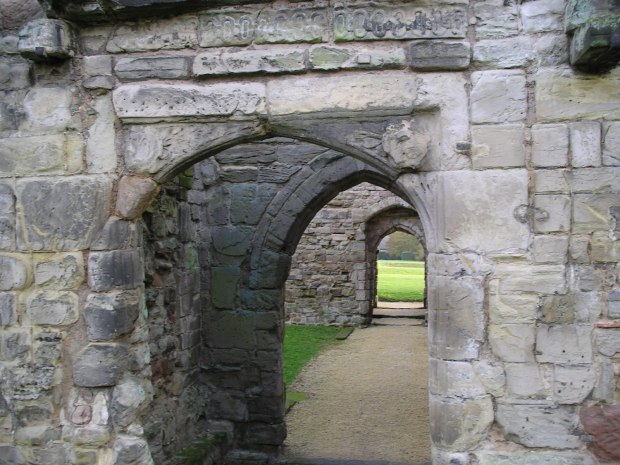
A series of archways at Ashby de la Zouch Castle. Note the carving at the top of the first archway.
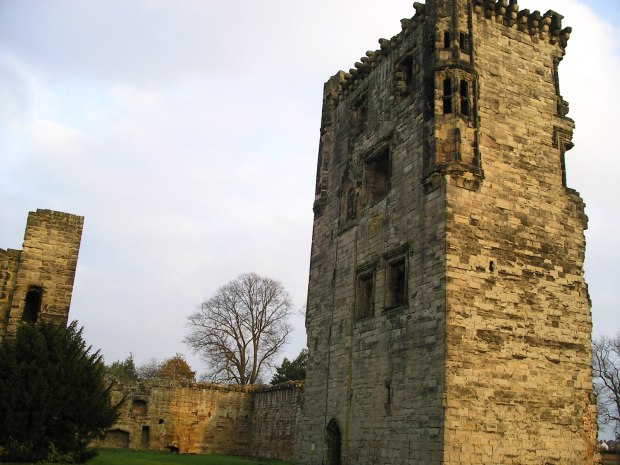
The tower on the right can still be climbed for views of the surrounding area and town. My visit was very late in the day and the tower was closed, unfortunately. There is also an underground passageway from the tower to the kitchens, for use in times of war.
More information on this castle can be found at the English Heritage website, a great resource. By joining English Heritage, you get free access to historic sites covered by their system.
Bosworth Battlefield
Located about 17 miles south of Ashby de la Zouch is Bosworth Battlefield, the place of a significant turning point in English history in August 1485. It was here that King Richard III was killed, ending the reign of the House of York and the beginning of the Tudor dynasty, first with Henry VII, followed his son, the famous Henry VIII. This battle was the end of a English civil war period known as the “War of the Roses”. There are signposts at various spots on the battlefield explaining what happened on that fateful day.
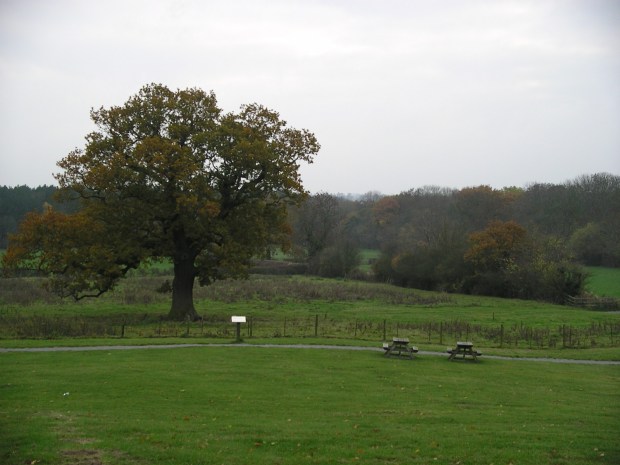
Bosworth Battlefield.
Goodrich Castle
This castle, close to the town of Goodrich and not far from the city of Gloucester is an old one, dating to the 12th century. It is built on top of a hard sandstone outcropping, on a hill overlooking the River Wye near the Welsh border. In fact, like other castles in this region it was a defensive outpost protecting Norman England from the Welsh.
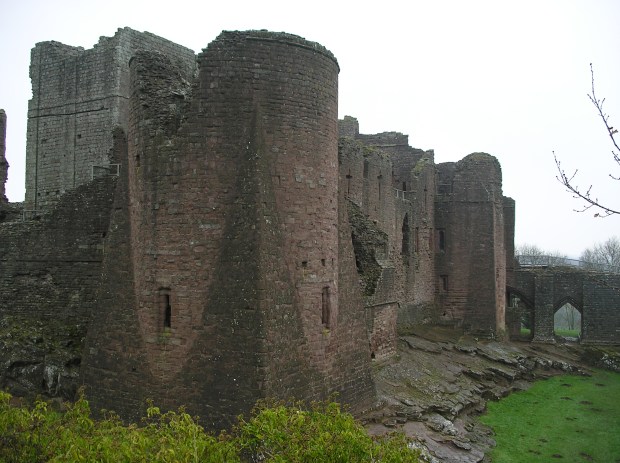
The rocky sandstone base of Goodrich Castle can be seen in this photo.
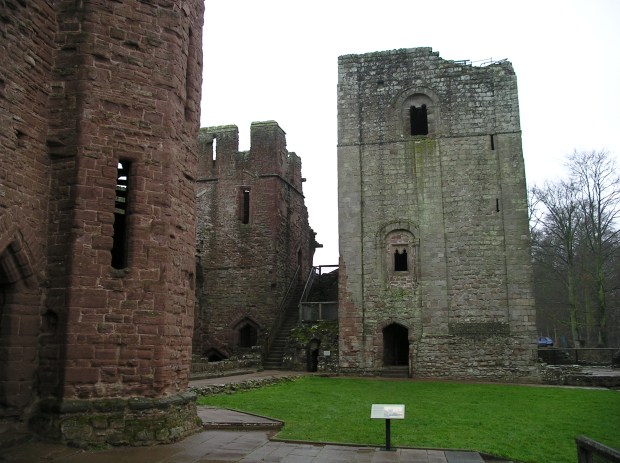
The light gray sandstone distinguishes the keep, the oldest part of Goodrich Castle.
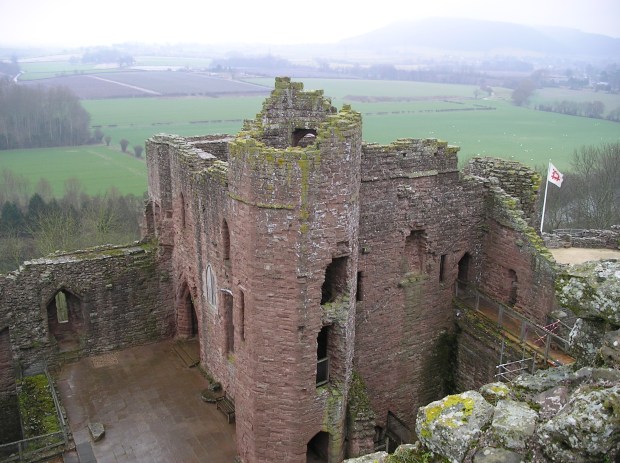
A view from the keep tower roof top overlooking the castle courtyard and the countryside.

Note the base of the round tower – the angled stone “corner” sections provided protection against enemy attempts to undermine the tower during a siege.
England is one of my favorite countries to visit with great castles like the above and other sights tucked into far flung corners of the country, off the beaten path. If you get a chance, take the time to find and explore these gems!

